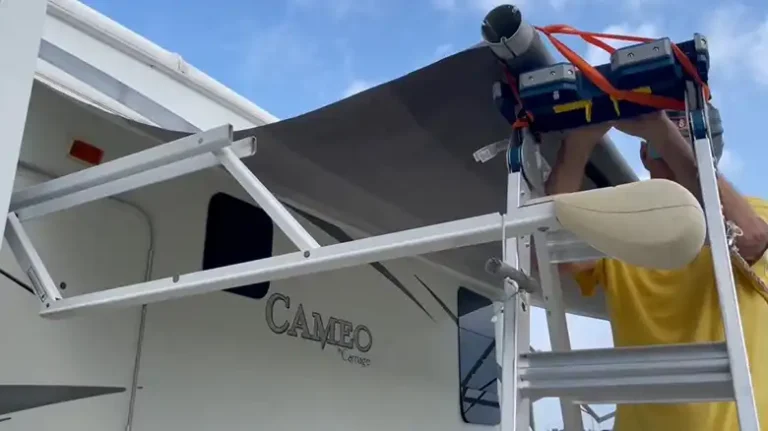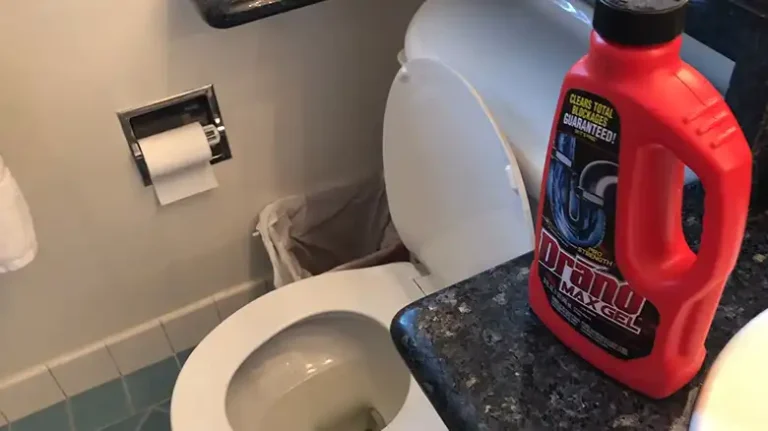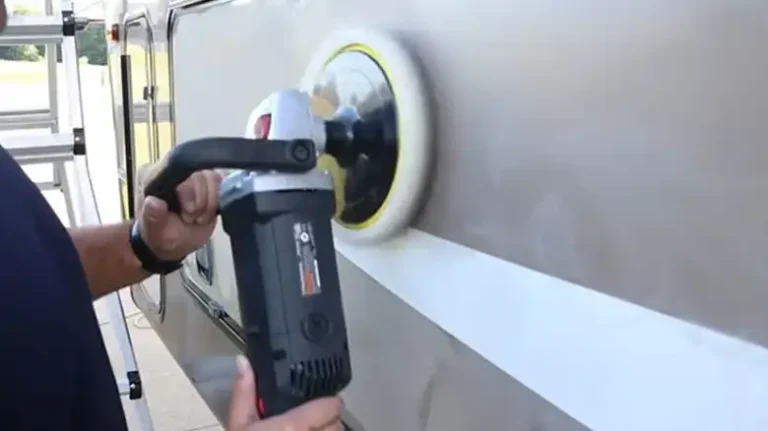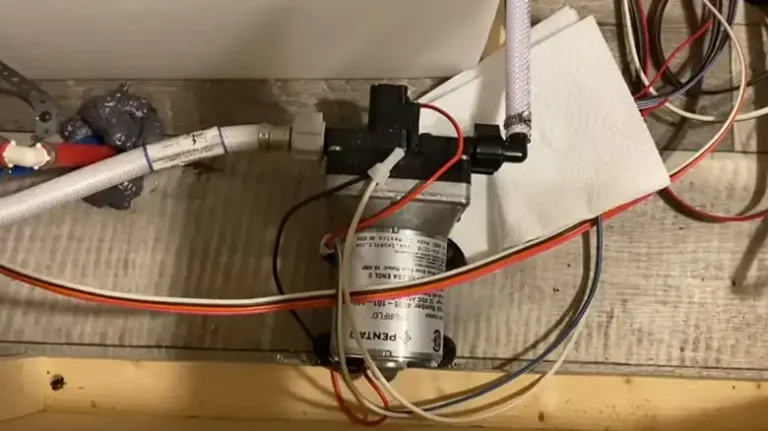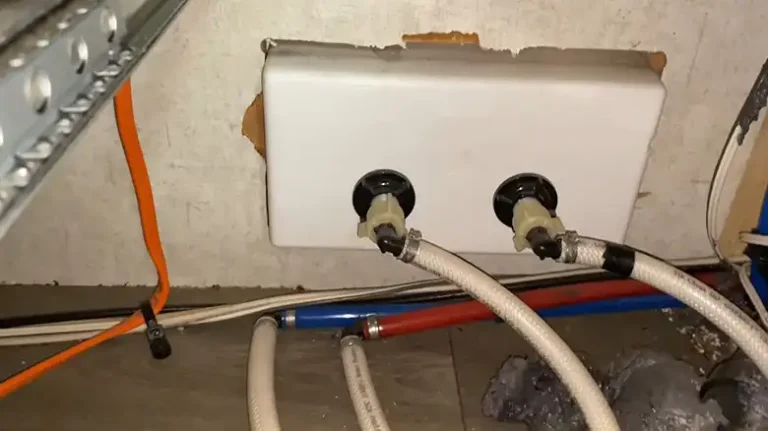How to Keep RV Fresh Water Hose from Freezing (Proven Solutions)
As someone who adores the RV life, winter’s charm doesn’t deter my adventures, but it does bring a chilly challenge: frozen water hoses. For many RV enthusiasts, the call of the road knows no season. Suppose, you’re waking up on a cold morning, yearning for a warm shower, but your water flow is blocked by ice.
A frozen water hose can not only interrupt your water supply but can also cause the hose to burst, leading to potential repairs and water damage. The key to avoiding this frosty predicament? Equip your RV with an insulated or heated water hose and apply preventive measures.
There’s more to it than just that quick fix, though. Fear not, winter wanderers! Here’s a comprehensive guide to ensure that your RV’s fresh water hose remains ice-free and flowing, no matter how chilly it gets outside. So, join me as I’m jumping into the nuances of safeguarding your RV’s water hose from winter’s icy grip.
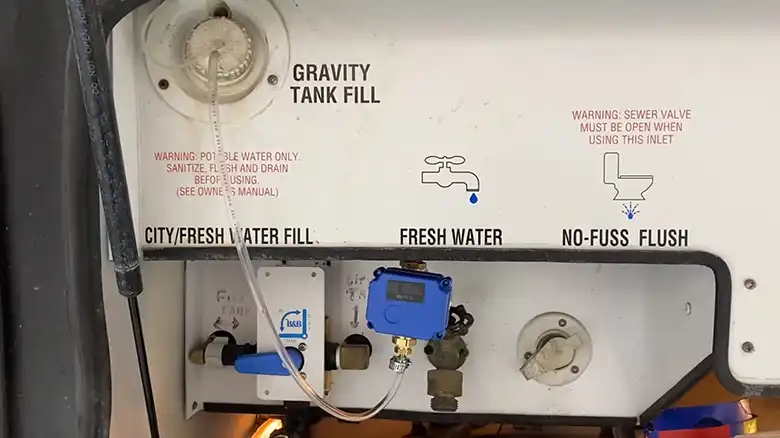
What to Do to Prevent Freezing the RV Fresh Water Hose
Water expands when it freezes. This means that any water inside your hose can exert pressure on the hose walls, potentially causing cracks or bursts. A functional freshwater system is crucial for comfortable RV living, especially in cold climates.
So, here are my tips to prevent your water hose from freezing:
Solution 1: Insulated Hose Covers
Step 1: Purchase a quality insulated hose cover suitable for the length and diameter of your water hose.
Step 2: Wrap the hose evenly, ensuring no part of the hose is exposed.
Step 3: Secure the ends of the cover to prevent unwrapping or sliding.
Solution 2: Heat Tape
Step 1: Start wrapping the heat tape from one end of the hose to the other, ensuring it covers the hose uniformly.
Step 2: Plug in the heat tape to an electrical source. Most heat tapes will automatically maintain the hose temperature above freezing.
Solution 3: Thermostatically Controlled Hose
Invest in a hose that has a built-in heating element. These hoses monitor the temperature and activate the heating element when the temperature drops to near freezing.
Solution 4: Store the Hose Indoors
If you don’t need a constant water connection:
Step 1: Drain the hose completely.
Step 2: Coil it up and store it indoors or in a heated compartment.
Solution 5: Use a Heated Water Hose
There are hoses available in the market that come with built-in heating solutions, ensuring they stay warm and don’t freeze in cold conditions.
Additional Tips for Frost-Free RVing
- Insulate Water Sources: Along with the hose, ensure that the spigot and water source are also insulated to prevent freezing at the connection point.
- Park Strategically: If possible, park your RV in a way that exposes your water connections to the sun, helping it stay naturally warmer.
- Regularly Check Connections: Ensure that there are no leaks or drips at connection points, as accumulated water can freeze quickly.
- Maintain a Drip: In slightly below-freezing temperatures, maintaining a slow drip can prevent water from freezing. However, this is not recommended for extremely cold conditions.
Wrapping Things Up
Winter RVing can be a magical experience, with snowy landscapes and serene environments. But the magic can quickly turn into a nightmare if you’re not prepared. By ensuring that your fresh water hose remains unfrozen, you can focus on the beauty of the season and the adventures that lie ahead. Here’s to frost-free and fantastic winter RV travels!
Further Inquiries and Answers
Why Do Hoses Burst When Water Inside Them Freezes?
Water expands upon freezing, increasing its volume. This exerts pressure on the hose walls, leading to potential bursts if the pressure exceeds the hose’s capacity.
Can I Pour Antifreeze Into The Hose?
While RV antifreeze is used in the plumbing system to prevent freezing, it’s not advisable to pour it directly into the hose. Instead, use the strategies listed above.
What Material Are Most Heated Hoses Made Of?
Most heated hoses are made of food-grade PVC, ensuring the water’s safety and purity while being durable enough for heating elements.


